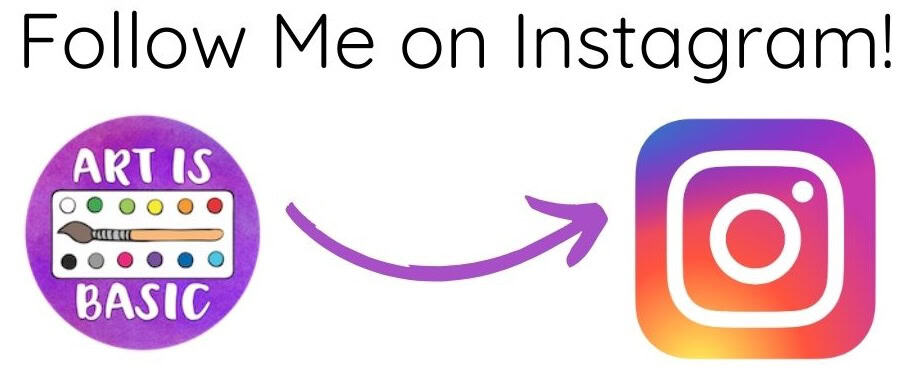The National Art Education Association conference this year had some thought-provoking and inspiring speakers, as usual! In this post, I will tell you about Amy Sherald and Howard Gardner. Next, I will share about Peter Reynolds!
Amy Sherald, portrait artist
The first speaker I went to see was Amy Sherald, who is best known as the portrait artist for Michelle Obama’s presidential portrait. Here is a video of her talking about this portrait.

Amy Sherald creates large scale figurative paintings of contemporary African-Americans, mainly strangers she meets on the street. The figures are dressed in vibrantly colored clothes and painted with gray-scale skin tones to challenge perceptions of black identity. From Artsy.net, “I’m painting the paintings that I want to see in museums,” she said. “And I’m hopefully presenting them in a way that’s universal enough that they become representative of something different than just a black body on a canvas.”

Now here’s the bad part of the speech… I had a really hard time hearing what she was saying!! 🙁 The convention hall filled up fast and I was running late (my plane did not get in until 1:30 am that morning, so I was moving slowly). The only available space was in the balcony and it was super difficult to understand what she was saying. LESSON LEARNED! If there is a speaker you really want to hear, get there early! I’m pretty sure the NAEA website will have videos of the keynote speeches and I will link to those when they are up. Additional Resources: Amy Sherald bio and Official Website
Howard Gardner, psychologist

Howard Gardner is most known for his theory of multiple intelligences. Learn more about his theory, directly from the source himself. In his speech, he said that the notion of a single intelligence is simplistic and the intelligences are not entirely distinct, but overlap with each other.

The 8 types of Multiple Intelligences are:
- Linguistic- (lawyer/author) ex: Dickinson
- Logical/Mathematical- (computer programmer) ex: Escher
- Musical- (conductor)
- Spatial- (chess player/architect)
- Bodily/Kinsethetic- (rock climber/dancer)
- Interpersonal- ex: Martin Luther King, Jr.
- Intrapersonal- (understanding of self) ex: Frida Kahlo
- Naturalist- (scientist) ex: Andy Goldsworthy
An interesting sidenote is that Gardner is candidating new intelligences and has ideas to add two new ones. Existential Intelligence- would be the ability to think about questions such as “what’s going to happen to the world?” and Pedagogical Intelligence- the ability to teach others in a way adapted to their abilities and level.
Any intelligence can be used artistically depending on the means available and cultural norms.
Gardner also wanted to clarify that Learning Styles is not the same things as Multiple Intelligences and people mistakenly use them interchangeably. M.I. is a psychological hypothesis. L.S. is how people approach different ways of learning (not the same thing). To learn more about this, read his article in the Washington Post.

What is needed to be successful in our time? The typical answer is WIT (how smart you are) and GRIT (how hard you work and persevere.) GRIT is a real buzzword in education these days. Angela Duckworth has written a lot about grit, if you are interested in learning more about this.
Gardner argues that too much grit can be a bad thing. For example, there was plenty of grit in Nazi Germany. There are limits to grit. For example, sometimes something is just not your thing and it is smarter to let it go and focus on something that is a better fit for you.
Gardner is interested in how people use their wit and grit to positive ends. In fact, he has created an organization and website called The Good Project, which is dedicated to understanding people who are doing good work around the world.

There are three strands to being a good citizen: 1) Excellence-knowing your stuff and staying informed 2) Engagement- having the need to care and 3) Ethics- being able to reflect upon dilemmas and make thoughtful decisions.
Some tips for us on how to use our Grit and Wit positively:
- Reflect on what you do.
- Talk to other people.
- Listen to criticism. (Don’t just wake up and tweet the first thing in your head!)
Additional Resources:
Books (Amazon Affiliate links used):


Discover more from Art is Basic | Elementary Art Ideas
Subscribe to get the latest posts sent to your email.






























